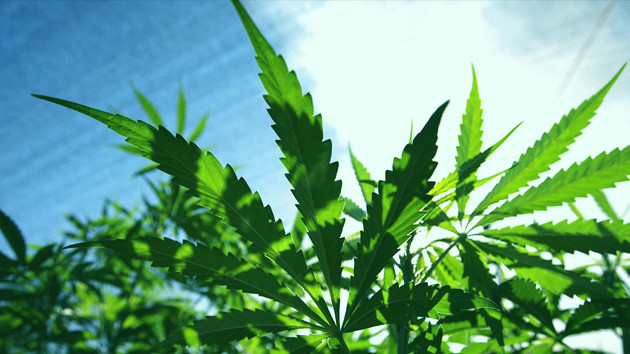How genetics can identify cultivar variations on identically named plants.
You know the drill – indica, sativa, hybrid. Discussions and recommendations based on these three words run rampant across the cannabis industry. Some believe that indicas will drill you into the couch or that sativas will fill you with newfound energy. These statements may be true for some people and very opposite for others. Cannabis sativa is individualistic. But geneticists and scientists don’t put any stock into these marketing descriptions. [1,2]
Apparently, over 2,000 different plant names exist in the cannabis industry. Decades of crossbreeds upon crossbreeds have led to the massive scale hybridization of cannabis plants. They all contain assorted cannabinoids and terpenes (the chemovar), and many have similar chemistries despite the difference in menu names. Knowing the chemovar of your favorite plant can help identify a suitable Plan B (or C, D, and E) should the dispensary run out of your A selection. But ask yourself: how do I know I really consumed Hindu Kush, or Northern Lights, or [insert your favorite here]? The label might be peppered with these words, but deep down, on a genetic level, how do you know?
A 2019 study evaluated commercial cannabis to assess genetic resemblance. [3] These researchers included 30 cultivars purchased from 20 locations across Colorado, Washington, and California. The deoxyribonucleic acid (DNA) of each plant was extracted. Each sample was labeled with a sativa/indica amount as per Wikileaf. These classifications included Durban Poison (n=9), labeled as 100% sativa, Headband (n=2) at 45% sativa, and Purple Kush (n=4) at 0% sativa. Of the 30 cultivars, 12 were labeled as “popular” due to the frequency of their presence on dispensary shelves.
The research found two distinct genetic groups. If the sativa/indica classifications really meant something, a so-called true sativa (Durban Poison) or indica (Purple Kush) would be assigned to one genotype. “Division into two genetic groups does not support the commonly described Sativa and Indica phenotypes,” the study concluded.
Instead, 7 of 9 Durban Poisons revealed a 96% classification to one genotype (genotype 1), while 3 of 4 Purple Kush plants were 89% assigned to the second genotype (genotype 2). Hawaiian (90% sativa: 61% genotype 1, 39% genotype 2) and Grape Ape (100% indica: 55% genotype 1, 45% genotype 2) did not produce as clear of results.
Several strong sativas showed distinctly different genotypic assignments (average Durban Poison – 100% sativa, 86% genotype 1; average Sour Diesel – 90% sativa, 14% genotype 1). As such, so-called hybrids should show a share of the two genotypes. Instead, 8 of 9 Blue Dream samples (50% sativa: 80% genotype 1, 20% genotype 2) demonstrated dominance to one genotype.
Of the 30 cultivars evaluated, only half demonstrated a consistent genotype assignment. And of the 30 cultivars, 8 were grown from clones, all of which contained genetic differences between the samples within the cultivar set.
Importantly, the authors also evaluated how related identically labeled cultivars actually were. Girl Scout Cookies (all clones) and Pineapple Express, two ultra-popular plants, showed little relatedness to each other genetically. Sour Diesel plants demonstrated more cohesiveness.
The researchers understand that the language spoken inside dispensary walls and across the greater cannabis industry isn’t likely to change any time soon since many consumers cluster plants in this fashion to “communicate their preference for a spectrum of effects.” Nevertheless, this research further bolsters the argument that if you lay out various examples of any cultivar, you may not have a twin amongst the bunch. [3]
Choose by chemovar and you have chosen wisely.
References
- Hazekamp, A. and Fischedick, J. “Cannabis – From Cultivar to Chemovar.” Drug Testing and Analysis, vol.4, no.7-8, 2012, pp.660-667. [journal impact factor = 2.799; timed cited 77 (ResearchGate)]
- Reimann-Philipp, U. et al. “Cannabis Chemovar Nomenclature Misrepresents Chemical and Genetic Diversity; Survey of Variations in Chemical Profiles and Genetic Markers in Nevada Medical Cannabis Samples.” Cannabis and Cannabinoid Research, 2019, ahead of print. [journal impact factor = N/A; timed cited 2 (ResearchGate)]
- Schwabe, A. and McGlaughlin, M. “Genetic Tools Weed Out Misconceptions of Strain Reliability in Cannabis sativa: Implications for a Budding Industry.” Journal of Cannabis Research, vol.1, no.3, 2019, ahead of print. [journal impact factor = N/A; timed cited 1 (ResearchGate)]








